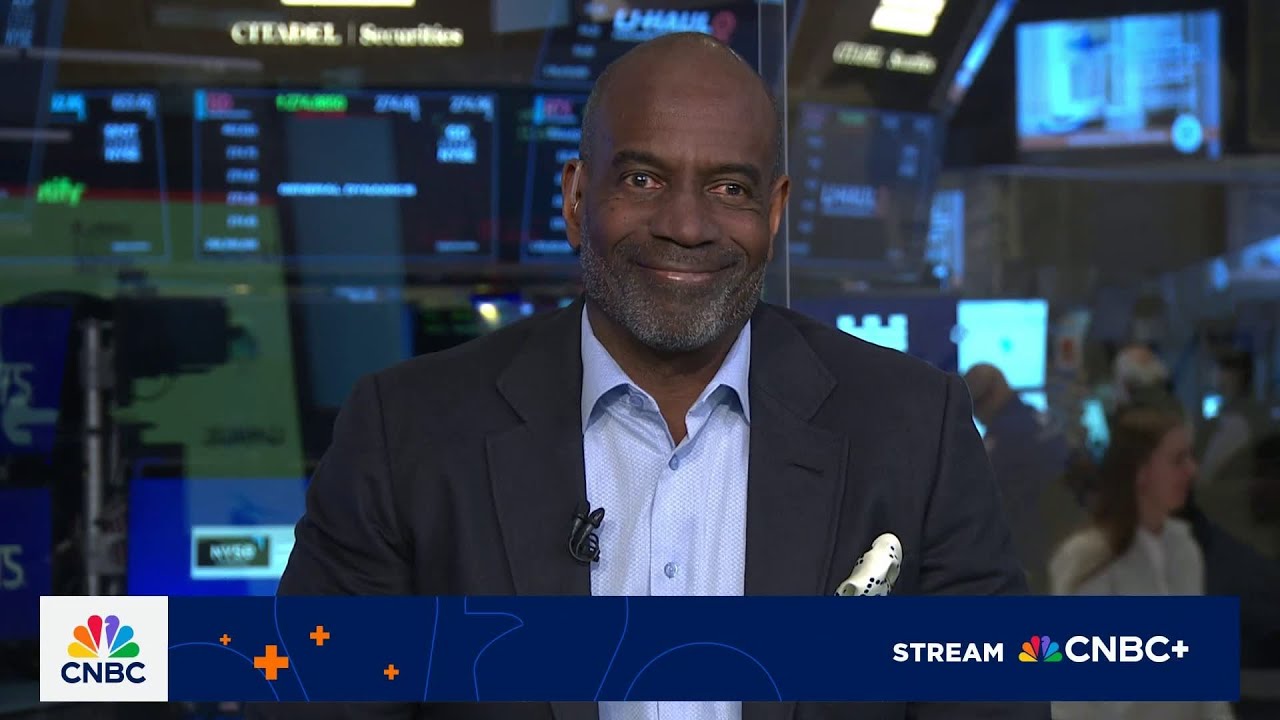Lo Toney from Plexo Capital emphasizes that the most significant value in AI is now being created at the infrastructure layer, particularly in hardware and compute power, which he compares to a utility. He also discusses how tech giants like Google are integrating AI into applications while navigating policy and geopolitical challenges, highlighting the evolving layered ecosystem of AI development.
In the video, Lo Toney from Plexo Capital discusses the current landscape of AI development, emphasizing the significant value being created at the infrastructure layer. He highlights a recent “AI week” marked by major announcements from companies like Google, Microsoft, Anthropic, and OpenAI. Toney explains that the AI ecosystem is evolving into a barbell structure, with Nvidia positioned at the infrastructure level providing the essential chips and compute power for large language models (LLMs), while companies like Anthropic and OpenAI develop the models themselves. Above these are various vertical AI services and applications that end users interact with, creating a layered ecosystem.
Toney notes that much of the value in AI is now concentrated in the infrastructure layer, particularly in the chips and hardware that enable LLMs. He compares this shift to the early days of the internet, where internet providers initially held significant value but eventually became commoditized as internet access became a utility. Similarly, LLMs are beginning to resemble a utility, with the real value accruing to those who control the underlying compute infrastructure and the innovative applications built on top of these models.
The conversation then shifts to geopolitical and policy considerations, especially the relationship risks faced by tech CEOs like Jensen Huang of Nvidia and Tim Cook of Apple. Toney observes that policy and government relations are increasingly influencing deals and strategic decisions in the tech industry. He points out that companies are spending more time engaging with policymakers, especially in places like Washington, D.C., and West Palm Beach, to navigate the evolving regulatory landscape. He views recent legislative changes as potentially beneficial for innovation, provided they strike the right balance between regulation and openness.
Regarding Google and its recent stock performance, Toney addresses concerns about the impact of LLMs on search. Despite fears that AI might threaten Google’s core search business, he notes that Google’s stock has recovered well after an initial sell-off. He attributes this resilience to Google’s efforts to integrate advanced AI features, like Gemini 2.5, into its search engine to create more conversational, chat-like experiences. Toney emphasizes that Google is positioning itself at the application layer, leveraging models built by others, such as Perplexity, to enhance user experience without bearing the full cost of developing new models.
In conclusion, Toney underscores the importance of infrastructure in the AI ecosystem, likening it to a utility that underpins the entire industry. He highlights the strategic shifts among tech giants, the influence of policy on industry dynamics, and the ongoing evolution of AI applications. Overall, he suggests that while the ecosystem is becoming more commoditized at the model level, significant value remains in the hardware, infrastructure, and innovative applications that leverage these foundational technologies.
